工业设计作品集制作PPT
- 格式:ppt
- 大小:7.62 MB
- 文档页数:16
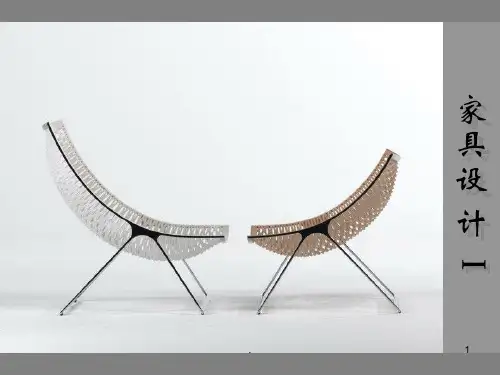
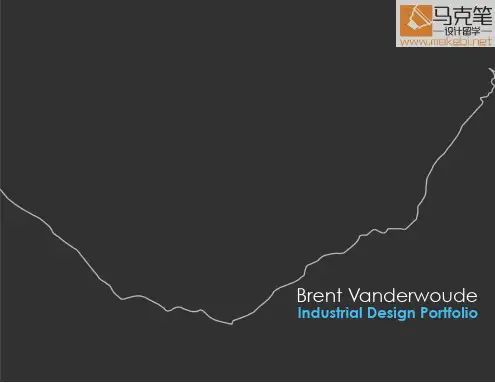
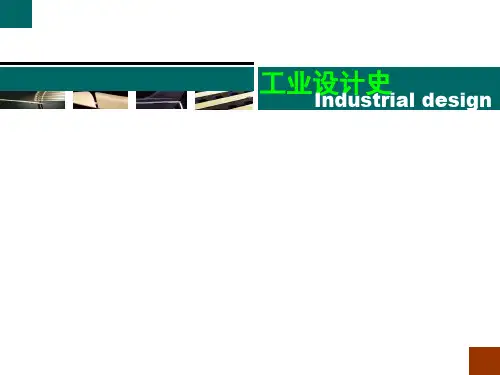
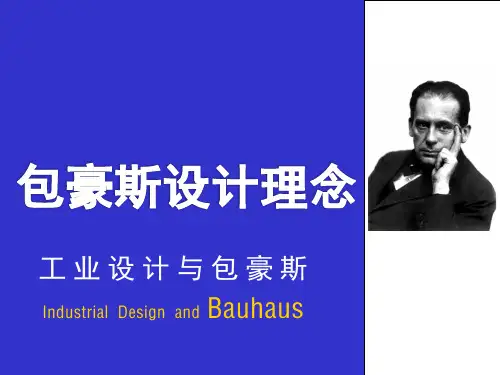
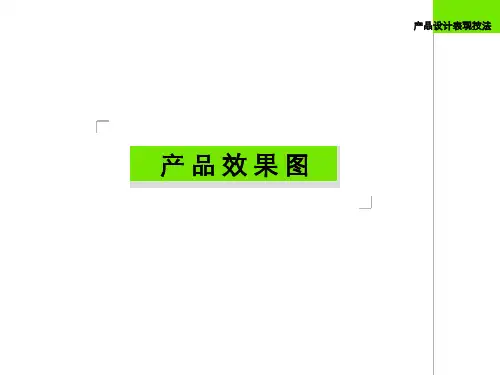
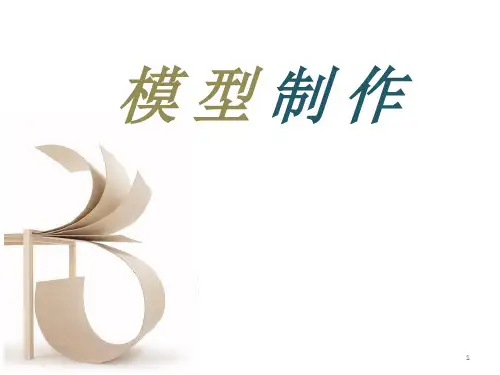
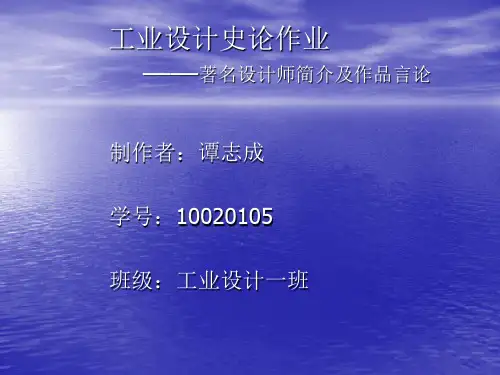

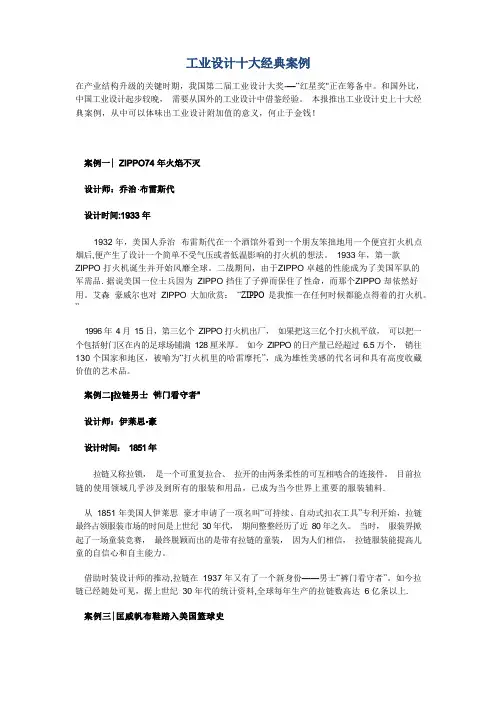
在产业结构升级的关键时期,我国第二届工业设计大奖-—“红星奖"正在筹备中。
和国外比,中国工业设计起步较晚,需要从国外的工业设计中借鉴经验。
本报推出工业设计史上十大经典案例,从中可以体味出工业设计附加值的意义,何止于金钱!1932 年,美国人乔治·布雷斯代在一个酒馆外看到一个朋友笨拙地用一个便宜打火机点烟后,便产生了设计一个简单不受气压或者低温影响的打火机的想法。
1933 年,第一款ZIPPO 打火机诞生并开始风靡全球。
二战期间,由于ZIPPO 卓越的性能成为了美国军队的军需品. 据说美国一位士兵因为ZIPPO 挡住了子弹而保住了性命,而那个ZIPPO 却依然好用。
艾森豪威尔也对ZIPPO 大加欣赏:“ZIPPO 是我惟一在任何时候都能点得着的打火机。
”1996 年4 月15 日,第三亿个ZIPPO 打火机出厂,如果把这三亿个打火机平放,可以把一个包括射门区在内的足球场铺满128 厘米厚。
如今ZIPPO 的日产量已经超过6.5 万个,销往130 个国家和地区,被喻为“打火机里的哈雷摩托”,成为雄性美感的代名词和具有高度收藏价值的艺术品。
拉链又称拉锁,是一个可重复拉合、拉开的由两条柔性的可互相啮合的连接件。
目前拉链的使用领域几乎涉及到所有的服装和用品,已成为当今世界上重要的服装辅料.从1851 年美国人伊莱思·豪才申请了一项名叫“可持续、自动式扣衣工具”专利开始,拉链最终占领服装市场的时间是上世纪30 年代,期间整整经历了近80 年之久。
当时,服装界掀起了一场童装竞赛,最终脱颖而出的是带有拉链的童装,因为人们相信,拉链服装能提高儿童的自信心和自主能力。
借助时装设计师的推动,拉链在1937 年又有了一个新身份——男士“裤门看守者”。
如今拉链已经随处可见,据上世纪30 年代的统计资料,全球每年生产的拉链数高达 6 亿条以上.Converse,始创于1908 年,拥有近百年的制鞋历史。
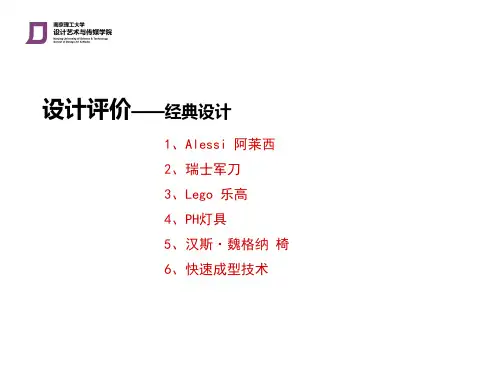
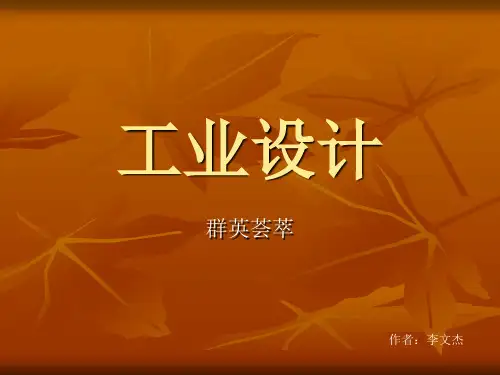
PORTFOLIO Tom Verbist | Student Product Designer| 01 About me.Who I am and what do I have to offer? | 02 Product Design.Projects I have done so far.| 03 Design Research.Addition and vision on the design field | 04 Other Work.What else can I do?| 05 Contact.Yes, you can contact me!| 01About me.Who I am.Hi, dear reader! I’m Tom Verbist, currently a product design student at the Integral Product Development departement of Artesis university college of Antwerp. My homebase is located in Elewi j t near Mechelen, Belgium.With a multidisciplinary approach, I make sure your product has a solid and innovative design. In other words, I work with a well-structured design process, solving the ideation all the wayto end-user product. The outcome of this method guarantees a technical, economical and functional stability.I consider myself being a teamplayer and I have a broad interest in design and design-related challenges, so I would love to join in on the exciting projects you have to offer. You can fi nd my coordinates in the ‘Contact me’ Section. Thank you!Strengths•Ideation & Brainstorming • Analysis & Design research • Product Envisioning•Eye for detail & organisationSoftware Skills3D-modelling:• Solidworks • Rhinoceros Rendering:• Keyshot• V-ray for Rhinoceros Graphic Design• Adobe Photoshop • Adobe Illustrator • Adobe Indesign Other:• Arduino ProgrammingExperience• Student Worker at Achilles Associates: ProductDevelopment & Design (2012)• Internship at Achilles Associates:Product Development & Design(August - September 2011)Product Case:Robotic Wine ServingSmart Mechanics ArtesisThe goal of this student project wascreating a robot capable of servingfood or drinks. Within this context,I created a wine-serving robotthat operates in classy andtrendy restaurants. It is capableof transporting and serving twotypes of wine, while displaying theircharacteristics and backgroundinformation. The user can eitherchoose to taste the wine or fi ll theglass according to their needs.The robot has been given theright dimensions, acquired throughrestaurant observation and criticaldistance measuring. In this way, therobot operates in the user’s zone ofconvenient reach and is very mobilewithin the restaurant. The mainchallenge was to create a valuableand yet low-production-cost productdue to the small product series.Product Case:Robotic Wine Serving Smart Mechanics ArtesisThe body is constructed out of fi berglass on a milled polyurethane foam core. The control components are 3D-printed and mounted on the fi berglass body.Internal system components include two 2.,25 cl refi llable reservoirs connected tocomputer-controlled solenoïd valves. The robot navigates by following magnetic strips that are built in the fl oor. RFID tags give feedback of the exact position.When the user has made the right wine selection, making contact with the glass to the button will activate the solenoidvalves. The wine will then fl ow untill the user has suffi cient wine, with a maximum dispensed amount of 25cl. Remainingdroplets will be caught in a drip stop.Eco Soap Dispenser Bachelorproof Artesis and EcoverThis project was offered by Ecover. The result had to be a redesign of the bag-in-box soap dispensing system. My interpretation resulted in a low-impact, ecological paper pulp moulded box with a reusable pump system that could easily snap onto An intuitive pump drains the bag-in-box, improving residual volumes compared to the original gravity/pressure based design.The empty box can be used to gather paper when the soapbag is empty. This extends the life cycle and also provides theraw material to produce the box.ed to gatherempty. Thisprovides thebox. the box.Encaustic Art PenRedesign 2nd Bachelor Artesis An encaustic art pen was given toexamine and redesign. Encaustic art is performed by heating colored wax, and then painting or writing with the liquifi ed medium.The original pen was a modifi ed soldering iron that was barely suitable for precision tasks as in drawing. Analysis exposed the need for a more ergonomic pen with a more precise grip.The result is an ergonomically shaped pen suitable for both left- and right-handed artists. Theexcentered shape provides support at the thumb joint, which also reduces the risk of the fi ngers sliding to the heated pen tip.A little tool can be used to retrieve the pen tip. All the equipment can be stored in a holder.Pencil & Digital DrawingVarious Works, ArtesisThe most valuable aspect of a product developer is the ability to think andcommunicate through images. I am capable of doing this from fast, rough idea sketches to digital or digitallyenhanced drawings.Pencil & Digital Drawing Various Works, ArtesisI made these drawings using AutodeskSketchbook Pro and Adobe Photoshop. Digital drawings are a great tool for adding aesthetic detail to ideas or concepts. They give better visual information and are great to explore material and color usage. They take more time to produce, so I fi nd them suitable when ideas or concept achieve more maturity, or when a strong visuallanguage is desired.| 03 Design Research.Ana l ysis & Registration of Behavioura lResponses to Bodi l y-near, Stigmatising ProductsMasterthesis in Design Research, Artesis University College Supporting doctoral research of K. VaesI am very convinced that a strong vision and product insight are one of the most important keys to succesful development. That is why I chose to conduct a design research for my masterthesis.A stigma can be described as a ‘deeply ashaming, discrediting attribute’.Besides market research and methodologies, there is no known iterative method to obtaining an indication of the degree of stigmatisation induced by products. Though product designers can strongly benefit from this information. Reducing stigma can alter acceptance, desirability, and user-friendliness to otherwise respulsive products. Picking the least stigmatising design creates strategic selling proposition for the customer.I developped the fundaments of a registration and analysis method for product developers. Multiple, early to mature prototypes can be rapidly verified. The tool has been assesed with dust/medical masks.| 03 Design Research.Ana l ysis & Registration of Behavioura l Responses to Bodi l y-near, Stigmatising Products Masterthesis in Design Research, Artesis University College Supporting doctoral research of K. VaesThe tool focusses on avoidance-responses of the passers-by. By measuring interpersonal distance and unaware choices on the walking path, an indication of stigma can be obtained. ‘The Stain Dilemma’ and ‘Discriminating Dyadic Distances’ are both tests designed for use by product developers.The inelaborate tests are conducted in a natural city-environment with apparent absence of the researcher. Wireless measuring systems and test forms are designed to insert and analyze data without knowlegde of statistical matter.The visualisations help the product developer in verifi ying and refl ecting on a range of product concepts..Wit Respro Rood Prototype Transparant Prototype Sport130140150160170Geen Respro Rood Sjaal PrototypePrototypeSport3843485358636873781203-Modelling and renderingPhilips PhilishaveIn the courses of 3D-modelling with Rhino 4.0, I chose to model a Philips Philishave HQ 6849. This was a good product to learn smooth surface transitions and organic shape modelling. With this finished model I started to learn rendering with V-Ray and Keyshot. These final images were rendered with Keyshot Pro 2.3-Modelling and renderingPoules De LuxeRendering was something I thought it was fun to learn and improve. Shortly after learning the basics for V-Ray, I got offered to make invitation cards for a luxurious dining event called Poules de Luxe, Rotary Opsinjoor Mechelen.I thought it would be fun to experiment with 3D-objects and rendering in my graphic design activities. In the final result, I used a 3D-scanned sculpture of a chicken to produce this vintage, luxurious-looking image. It was rendered with V-Ray, and touched up with Photoshop. The image was then blended in the graphic design of the invitation card.Autonomous Robot Arduino Programming, Prototyping and ElectronicaWithin this course, an Arduino-based robot had to be built. It had to be capable of detecting a golf ball in a rectangular field, with only a black line on the outer boundaries. Once it was detected, the ball had to be transported to a rectangular hole in the field.We decided to not detect it at random, but instead using and selecting our sensor combination carefully. The finaland creative result included a homemade LDR-based sensor that could detect contrast changes, such as a golf ball. With a laser and an tweaked optocoupler, we made a laser gate. Eventually the robot followed a reliable, structured process of searching, detecting, catching and transporting the ball in under one minute and ultimately achieving it’s goal.. . .void Lijn(){// Serial.println(“void lijn“);// delay(500);while(Sit==2){for(int iek=0; iek<=1500; iek++){int MeanR=(analogRead(sensorR)+analogRead(sensorM))/2;int MeanL=(analogRead(sensorL)+analogRead(sensorM))/2;if(MeanR>GVI)motor.Right(MSH,MSL);if(MeanL>GVI)motor.Left(MSH,MSL);}W1=analogRead(sensorK)+50; //uitlezen sensorKW3=pulseIn(sensorUS,HIGH)/58; //uitlezen sensorUS// Serial.println(“W1 lezen“);while(rept<1000){int MeanR=(analogRead(sensorR)+analogRead(sensorM))/2;int MeanL=(analogRead(sensorL)+analogRead(sensorM))/2;if(MeanR>GVI)motor.Right(MSH,MSL);if(MeanL>GVI)motor.Left(MSH,MSL);. . .Arduino autonomous robot, together withVan Rompaey Senne and Van Hecke KarelBrand identityLiersepoort butcher’s shop and traiteurI was contacted to update the brandidentity of this butcher’s shop and traiteur.They wanted a clean and modern look[LIERSEPOORT//KLANTENKAART] that was also inspired an suitable withthe look and feel of the interior. With thisinformation I created a typical style andgraphic guidelines.Logo DesignYouth Club ElawaatAs a member and being active as agraphic designer for youth club ‘Elawaat’,I created this logo. A dynamic and freshlook shaped the new style that would beused for future events.CalorluxThis ambient lighting device will be activated by holding and throwing it in hot water, as in bathtubs. This concept was developed during Workshopweek 2011 by Tom Verbist within the Philips workshop assisted by Tom Wauters .The device has it’s function granted by the Seebeckeffect, transduction of temperature differences toelectricity. The component that hereby should beused is called a peltier plate. This is also more fre-quently used as a cooling element in electronicdevices. Since the effect of generating sufficientenergy is still low, this product conceptis only a future vision .Spinning the rubber wheel clockwise will able you to pick a colour within the spectrum you like. Spinning the wheel counterclockwise sets the intensityof the light.Hold the Calorlux ball under hot water for a few seconds to activate the peltier plate and LED. As the inner parts of the ball heat up, drop it in the hot bath water. The device will float. Cooling fins ond the upper side will provide a cold side for the peltier plate, the hot water and the hot LED aluminium parts will keep the inner part warm so the peltier plate provides electricity untill the ball is saturated when you leave the bath.Only heat is used as a power source, pulling this concept away from traditional lighting locations and equipement, making this ambient lightingplayful and independent.Ambient Light Workshop Philips Workshop during Workshopweek Artesis 2011The workshopweek in the Artesis department for Product Development invited the students to explore the possibilities of sustainable lighting. Within this week, various concept designs had to be created.This concept card is the result of my exploration: an ambient lighting device called ‘Calorlux’. The temperature of hot bath water heats op Peltier-plates, generating electricity. This is used to create an ambient, indirect light that illuminates the bath water and provides extensive user experience.。